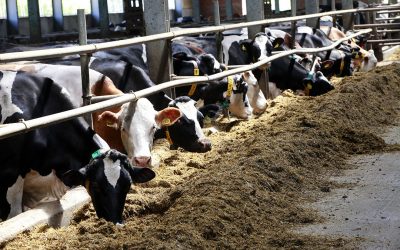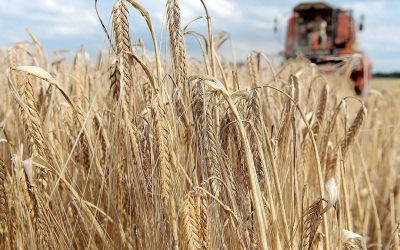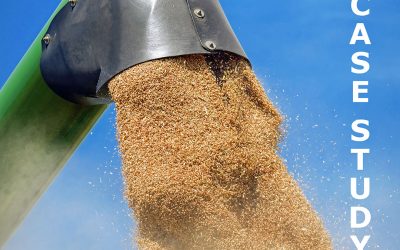Can that satellite look into your barn…
My last blog was on Chain Innovation Power. Looking at this blog I realised I forgot one of the key-elements for success: Chain information management and the use of standards for messages end coding in the business.
P = Practise
C = Collaboration
Chain Innovation Power = (D¹ + P²+ G³ + C4) * S%
So there is a need for more. Were I’m very interested in is how the (feed) industries think about this challenge in international perspective and if there are more initiatives in the world.
You can ask yourself this question, but I’m sure it is. In one of the presentations on EZ-Flux it was mentioned that the business is losing on average 3.5% of sales due to inefficiencies in the management of supply chain information. I think they are close to the truth.
I believe there is more in the world of feed but I am not aware of those initiatives. On the other hand we should realise feed is part of the chain in a more broader context. Here the GS1-standards on EAN-Com are leading. Those standards are used as a basis in several of the above initiatives. But the question stays: "How are we going to organise chain-information-management in feed?" I believe this is not a challenge for the technology sector, but for the feed business.
European Association for E-commerce in Cereals and Bio-Mass. Another initiative was taken in Belgium for communication in the chain. This initiative was more driven by the side of the suppliers of commodities to the feed-mills. Here big feed industries from France, Belgium and the Netherlands are sharing information by messaging. It’s an XML-based Messaging service for contracts, ordering, logistics, quality etc.
Also in the Netherlands I see the use for several years of the EDI Business Message standard for information about feed-purchase to farm-management systems. They developed standards for XML-Feed Invoice, XML-Feed Delivery and XML-Feed Analytics.
Here the Dutch feed millers and accounting companies are sharing financial information about feed-transactions to the farmer. Al purchases of feed are being send by EDI-Circle to accountant (and his financial system) and farmer (and his farm management system). Also information on the dairy industry of the farmers is shared in this network.
Recently I have been investigating how the S% is used in the feed chain. I see different initiatives. For instance:











